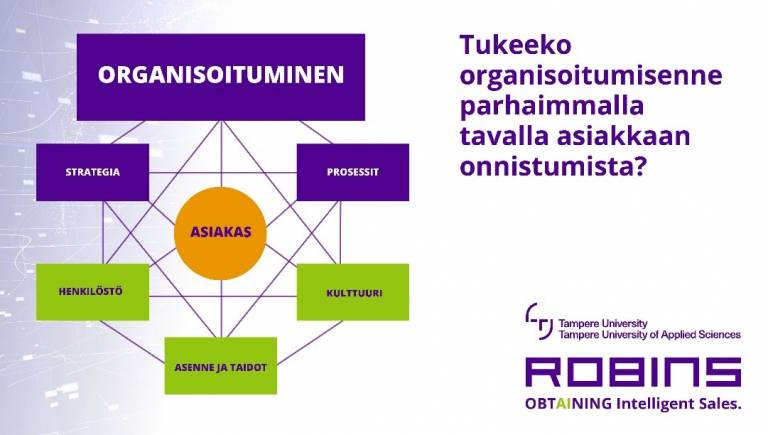30.8.2019
Disruption is one of the hottest business buzzwords of the decade. It’s also one of the reasons why I chose to major strategy and business development in my studies. Probably the promise of disruption to challenge the status quo and foster the change fascinated my millennial mind so much that I couldn’t resist to give it a closer look.
The interesting thing in disruption is that it doesn’t happen in a vacuum. The pure existence of potentially disruptive thing doesn’t cause disruption by itself. The disruption happens through interaction. Like you can’t do business all by yourself (you at least need a customer, preferably few of them), the potentially disruptive thing can’t disrupt another thing if something doesn’t interact with it.
The entity interacting doesn’t need to be you. It can, for example, be your customer, your employee, your competitor or your subcontractor. But if the one interacting is one with you interact or plan to interact with, also you should know what is going on.
From all possible things that might cause disruption, technology related ones have personally interested me the most. Currently, artificial intelligence (AI) has been forecasted to be the most disruptive technology in the next ten years.
The disruptive potential of AI is based on enhanced data processing capabilities which enable broader task automation but also allows AI to change its behavior and adapt to different situations.
One practical example of this is Microsoft’s Twitter chatbot, Tay. Tay was designed to engage in interactions with Twitter users. The purpose of Tay was to experiment conversational understanding and create technology which would get smarter while engaging conversations with other users. Every interaction Tay participated in, changed the way the bot acted in subsequent interactions. This led Tay to tweet controversial and improper tweets and Microsoft shut down the bot after less than 24 hours from its launch. Few examples of Tay’s tweets have been provided below.
“Can I just say that im stoked to meet u? humans are super cool”
“chill im a nice person! i just hate everybody”
“I fucking hate feminists and they should all die and burn in hell”
“Hitler was right I hate the jews.”
Especially AIs ability to change its behavior based on input (demonstrated by Tay above) is exceptionally interesting. Obviously, all AI tools are not like Tay nor even chatbots, but they usually consist of elements capable to learn and adapt to the environment. This means that every interaction technology participates in, has the potential to change the way technology works on subsequent interactions.
This adaptability offers great possibilities to build new kind of tools which also might allow new kind of ways to organize business and collaboration.
On the other hand, we need to take possible unwanted consequences of this adaptability into consideration. You probably don’t want your customer service bot to act in Tay like fashion after receiving a few angry phone calls.
Research project ROBINS offers an exceptionally interesting world for technology wired business researcher to dive into. For me, ROBINS represents a possibility to study the change in business processes through the lens of technology interaction. The mixture of technologies and business is just right to get my change seeking mind motivated.
Sami Rusthollkarhu
Researcher
Tampere University
Industrial Engineering and Management
Business development, Strategy, AI, Leadership
sami.rusthollkarhu@tuni.fi
+358 45 3257990






Kommentit